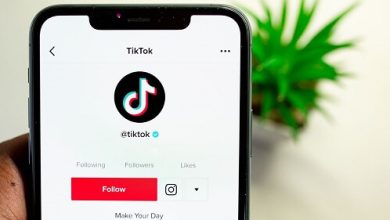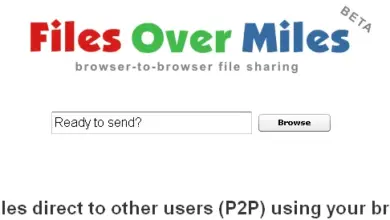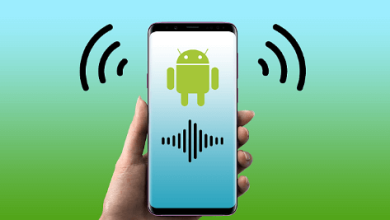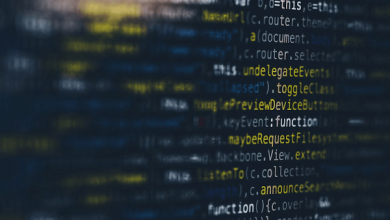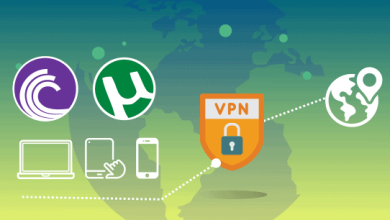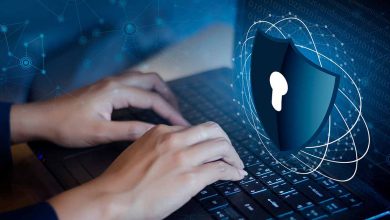More than 70% of enterprises are attacked by blackmail virus. How to protect enterprise data?
When data becomes the most valuable asset of modern enterprises, protecting and backing up production data becomes an urgent task for businesses.
So, what does “enterprise backup” imply for businesses? What have been the most common causes of business interruption over the last two years? What are the most critical factors for an enterprise to consider when looking for a new “enterprise backup” solution? What motivates businesses to update backup solutions? What backup solutions will enterprises prefer in the future, in the face of increasing extortion viruses and network attacks?
It is clear that enterprise users’ requirements are to first improve recovery point objectives (RPO) / recovery time objectives (RTO) SLAs, and then to improve reliability and backup success rate. It demonstrates that everyone prioritizes safety.” According to Dave Russell, “The next two items, ranked third and fourth, are considered from an economic standpoint. It demonstrates that customers want to shift from the previous capital expenditure model to the operating expenditure model in order to improve their return on investment and total cost of ownership.
As can be seen, data backup is no longer a separate consideration in 2022, but rather a critical component of enterprise operations.
How frequently does the enterprise protect data between critical and common applications? Vinchin discovered that the gap between high priority and ordinary applications is closing based on survey results from the previous five years. In short, all data is critical for businesses.
Why is data being lost? What are the causes of the hiccup? Vinchin has examined the most influential network security factors in the last two years. Infrastructure / network interruption; Application interruption; Server hardware interruption; Operation software interruption; Interruption of public cloud resources; Storage hardware interruption; Administrator configuration error; Malicious (administrator / user) interruption It can be seen that the causes of data center outages are diverse and complex.
Does the enterprise only use local backup tools to protect data, or does it use cloud services as a partial backup solution? Vinchin discovered in “cloud driven data protection” that the proportion of enterprises using local tools for backup is decreasing year by year, while the proportion of cloud services is increasing year by year, indicating a clear change in direction and trend.
Unfortunately, network security survey results show that 70% of enterprises have experienced two or more blackmail software attacks in the last year. Following a network attack, only about 64% of the data can be recovered on average, implying that the enterprise has lost the remaining 36% of the data. To put it another way, for every attack, the enterprise will lose roughly one-third of its data.
However, after being attacked by a blackmail virus, many businesses discover that they cannot recover data even if they pay, and they realize that backup is their last line of defense. At this time, Vinchin can offer users the last line of defense against the blackmail virus. Furthermore, Vinchin intends to collaborate with an ecosystem to do some customized and targeted development with third parties based on different industries, regulatory requirements, and actual user cases, so that our solutions can better match the needs of users in different industries.
Most businesses believe that data backup is merely insurance in the event of a crisis. Today, we must treat it as a strategic asset at all times. A growing number of ransomware attacks target organizational backup data. Vinchin’s data backup and recovery service is the final line of defense in helping businesses improve data security.
Vinchin Backup & Recovery offers a variety of DR solutions that may be used in a variety of scenarios to get vital data completely prepared against a variety of dangers. VMware, XenServer/XCP-ng, Hyper-V, RHV/oVirt, OpenStack, Sangfor HCI, Oracle Linux Virtualization Manager, and Huawei FusionCompute are among the virtual environments it supports (Xen Based). Vinchin Backup & Recovery v6.5 has been published, and it includes many new features such as oVirt backup for MSPs, Cross-Platform Recovery (V2V), Database Backup & Recovery, Backup Data Encryption & Backup Storage Protection, and more.


